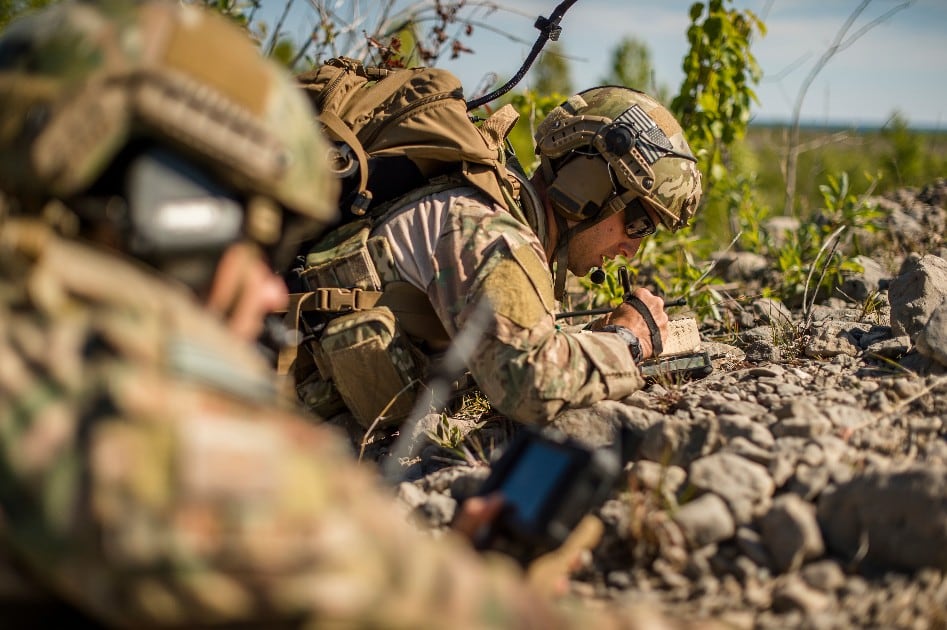U.S. Special Operations Command awarded the Sierra Nevada Corporation Aug. 23 a contract worth $47 million to keep supplying and maintaining the software it uses in to ensure radios can communicate with one another across frequencies. Dubbed, TRAX, for “Tactical Radio Application eXtension,” the software “fills a [redacted] role in the Special Operations air-to-ground communication architecture," and it works on Android devices, too.
The contract award is available online, and while the text omits several details, what can be seen is clear on why Sierra Nevada Corporation is the only contractor that can meet this need. Convenience is one factor. Sierra Nevada developed the software, so it makes sense to continue, and funding a new or redundant development to work in the same way and with the same interoperability would be added cost for no meaningful, tangible benefit.
There is also the matter of specific intellectual property. Sierra Nevada owns the TRAX software. Keeping the TRAX program with the same provider avoids the legal battles and technical issues that could come with trying to replicate it elsewhere. While SOCOM solicited information about an alternative capability, the justification statement argues that whatever that redacted capability is, the decision was made to single track it.
In the field, TRAX translates data protocols, allowing for communication across devices that otherwise couldn’t speak to each other. While military machines from radios up through planes are designed with the knowledge that they will need to be used together, and often built around shared protocols to match, reality is messier than planning, so a reliable software medium is one way to retain a capability even if the equipment on hand isn’t the equipment that was intended.
For all the limitations that might otherwise come with relying on proprietary software, a proprietary software that lets disparate devices communicate with each other is a way around technological path dependent.
“Long term, all systems must be interoperable, survivable against electronic attack, and capable of taking advantage of a wide range of the electromagnetic spectrum,” writes Nick Brunetti-Lihach, a communications officer and faculty advisor at the U.S. Marine Corps Expeditionary Warfare School.
“There is also a need to develop apps and network architecture with built-in security that is operating system agnostic.”
Tactical Radio Application eXtension is one of the programs Brunetti-Lihach specifically cited as a promising example of how to adapt in the future. If SOCOM is drawing the same lessons from the software as the Marine Corps, it’s likely both are on the right TRAX.
Kelsey Atherton blogs about military technology for C4ISRNET, Fifth Domain, Defense News, and Military Times. He previously wrote for Popular Science, and also created, solicited, and edited content for a group blog on political science fiction and international security.








